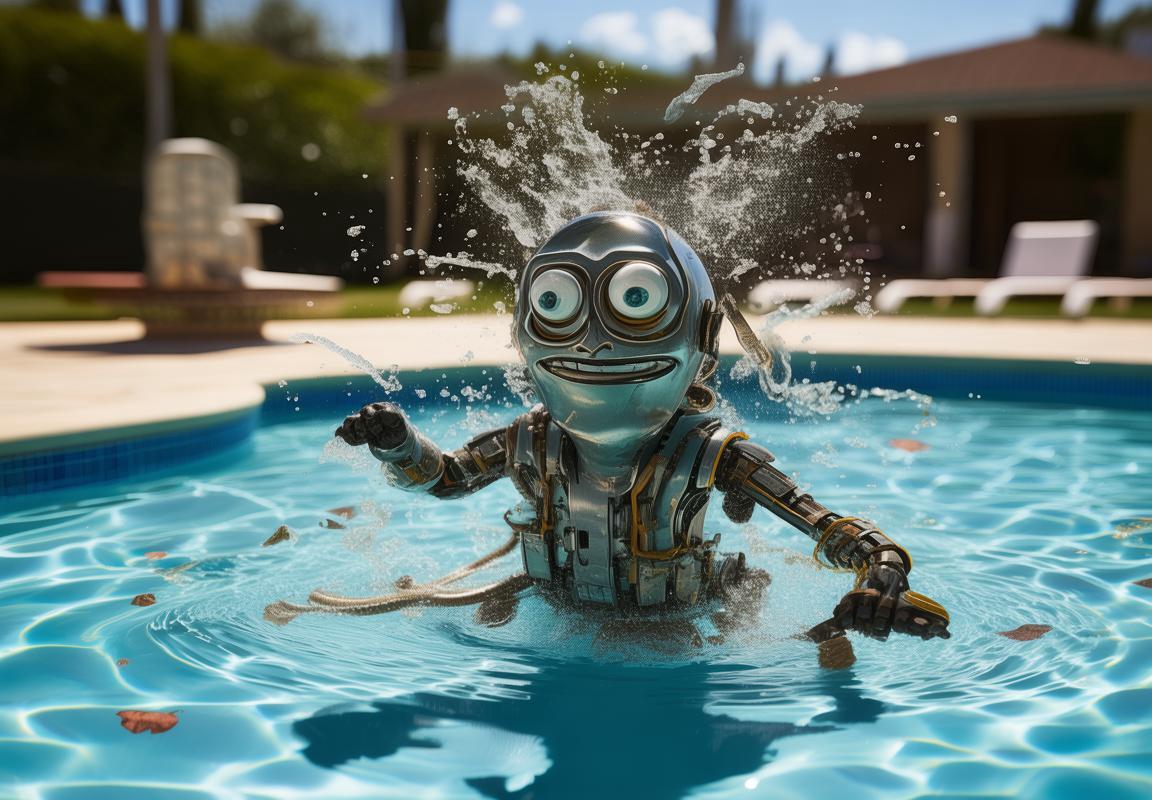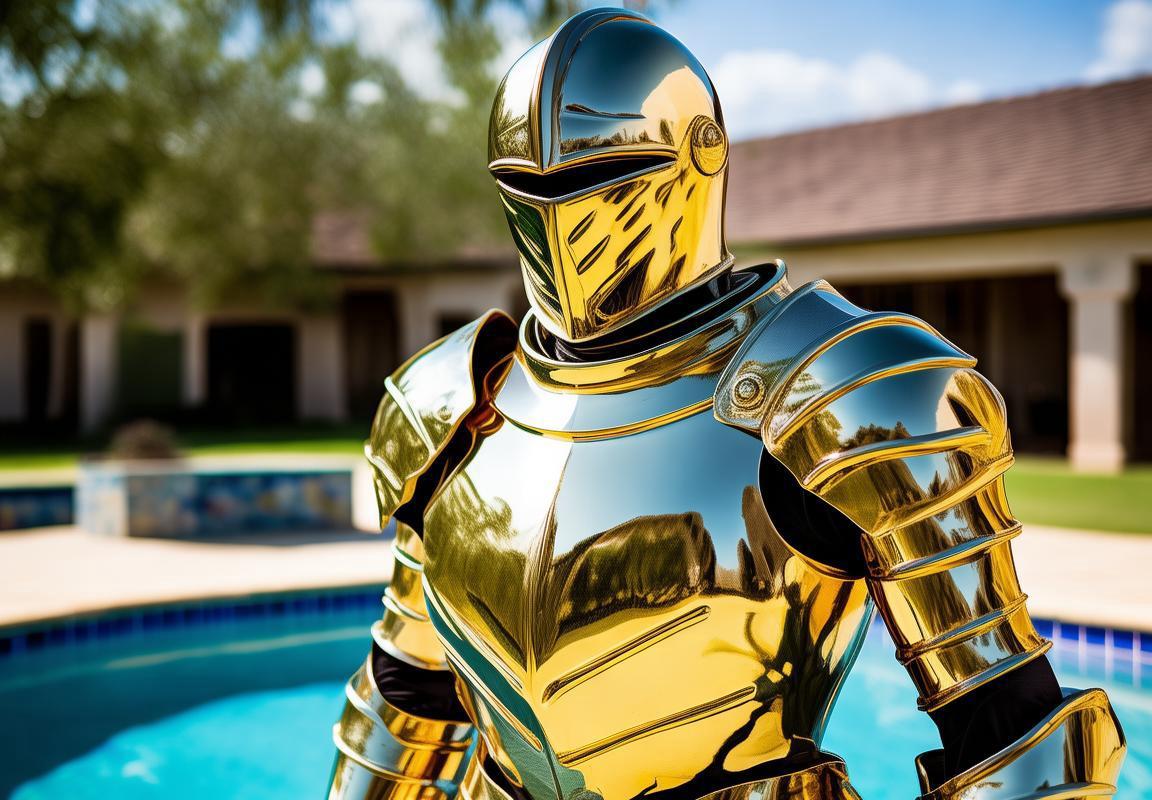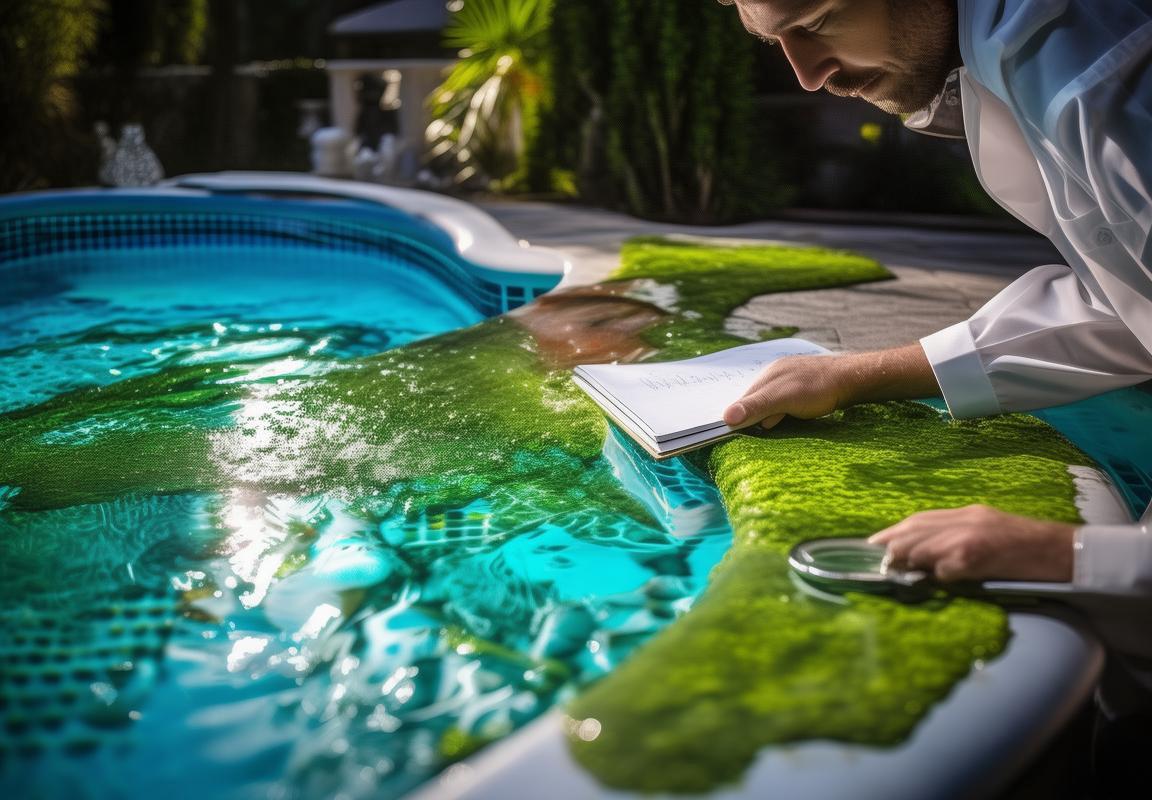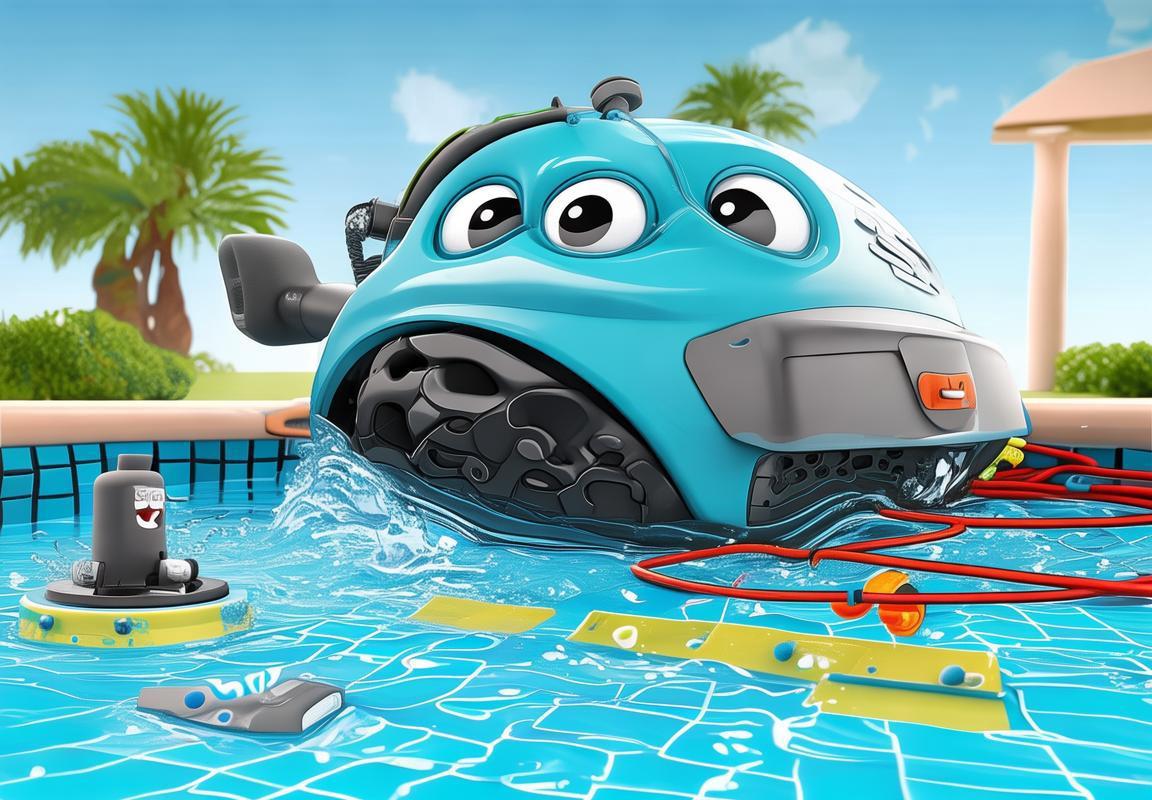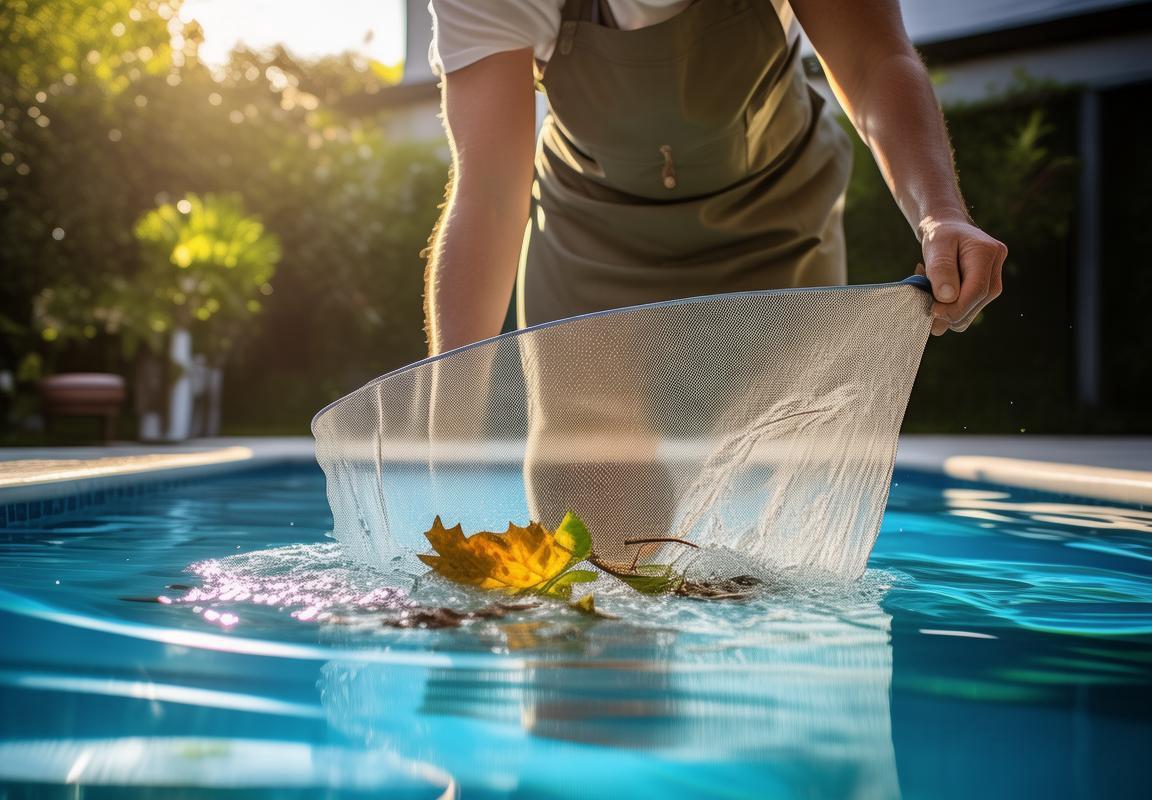Pool Cleaner Parts 101: Essential Pool Maintenance Tips from Pool Cleaner Pros
Your pool cleaner is a high-maintenance machine that relies on key pool cleaner parts to function properly. Ignoring these components can turn your pool into a green swamp. The turbine powers movement—if it’s clogged or worn, your cleaner moves slower than a snail. Brushes and bristles scrub debris; bald ones just push dirt around. Hoses are the suction lifeline—cracks or leaks kill efficiency, while clogged filters or bags recycle gunk instead of removing it. Tiny but critical seals and O-rings prevent leaks, and worn wheels or tracks leave your cleaner stuck. For Pool Maintenance Tips, regularly inspect and clean these parts—rinse filters, replace cracked hoses, and lubricate seals. If your pool cleaner pro starts screeching or overheating, it might need professional help. Stay ahead of issues, and your pool will stay crystal clear all season!

